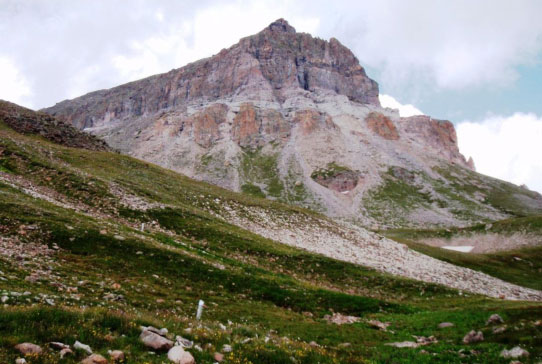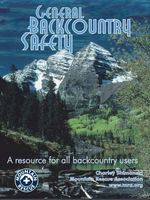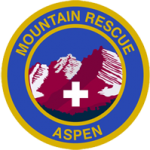Thinking of hiking and climbing up a high mountain peak? In the continental United States, west of the Mississippi River, there are 96 mountain peaks over the elevation of 14,000. Colorado has the majority of peaks with 53. Summitting these peaks has become a major activity over the past 40 years, with the yearly estimate of over 300,000 people hiking and climbing Colorado’s high peaks every year.
[wpgmza id=”25″]
Basic Safety Tips:
Start early in the day, before sunrise provides additional safety valve for your trip to the summit. Understand the weather, be below timberline in the afternoon improves safety with local thunderstorms and lightening which are common in Colorado during summer afternoons. Having very good physical health is essential, as with elevation gain comes the risk of Altitude Sickness. The combination of increased physical exertion paired with the rapid increase in elevation can bring on Altitude Sickness. The more a person exerts at a higher elevation, the risk increases, which starts with confusion and the feeling of light headedness. This condition can lead to serious high altitude pulmonary and cerebral edema.
Be aware of Hypothermia, which is a drop in body temperature that is faster than the bodies ability to produce heat. This condition can occur when the internal body temperature drops below 95 F (35 C). Base layers of moisture wicking fabric, along with proper outer garments promote the movement of sweat from the body, and lessen the risk of a drop in body temperature. The initial symptoms are shivering and confusion.
Clothe Yourself:
-Base layers of moisture wicking fabric, a layer of fleece, jacket and wind/rain parka are essential for being in the back country. Cotton does not do the job for being out at elevation during a hike or climb. Do you have rain/wind pants?
-Quality moisture wicking socks and sturdy boots are essential.
-Gloves are a handy item when out and the wind comes up, or it starts to rain.
-An insulated head covering is one of the essential items when in the back country.
Hydrate: One to three quarts are a minimum, with additional water and food at the vehicle.
Sunscreen: in the morning, start with SPF 50, and remember that the more one sweats the more sunscreen is needed.
Maps, trip reports, videos, and photographs help the hiker become familiar with the hiking/climbing area. Be aware of any exposure, the elevation gain. Most smart phones can be used to capture location:
“Summer Safety tips – Communicating position
Most smart phone have the ability to capture coordinates
Example using an IPhone.
Go to to privacy setting
Turn Location Services to “on”
Go to compass
On the bottom read out the coordinates: degrees , minutes ‘ and seconds ‘ ”
Mountain Rescue Aspen
Capitol Peak has claimed mountaineer lives, being prepared is the key to enjoying the challenge:





